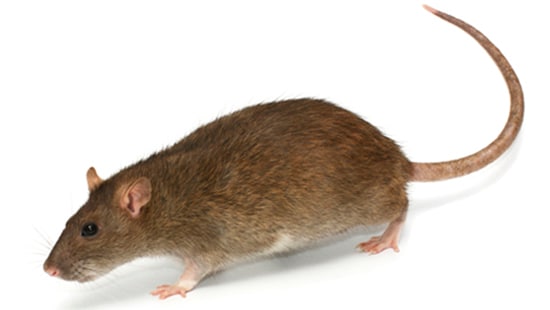
Commercial Rodent Elimination
Rats and mice are an indication of unsanitary conditions. Given their history of spreading disease, it's easy to see why they can repulse customers. Just one rodent sighting can easily drive clientele away for good, result in negative inspection evaluations and even shut down your business. Rodents also destroy valuable food inventory and their gnawing and burrowing can cause costly structural damage.
Keep Rodents Out
Ecolab’s rodent prevention and elimination program protects your facility from rats and mice. Our integrated interior/exterior program for rats and mice uses our patented rodent station technology and discreet traps. Ongoing Service Specialist consultations will help you prevent rodent problems.
Ecolab's Rodent Elimination Program includes:
- Thorough inspection to identify access points
- Proprietary trapping and baiting systems for interior and exterior locations
- Discreet rodent stations deliver protection without alarming customers
- Rodenticide-free devices lower environmental impact
- Ongoing consultations help prevent reinfestation
- Guaranteed satisfaction
Ecolab’s comprehensive pest program combines an outside-in approach to pest control with on-site consultation, data-driven reporting, customer support 24/7/365 and educational tools to raise staff awareness on how they can prevent pest activity.
When you partner with Ecolab pest elimination experts, you can be confident you are getting innovative, science-based solutions to keep your customers and staff safe and your facility pest-free.
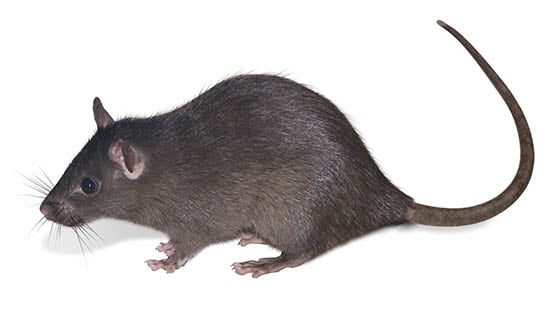
Rodent Facts
- Because they often live and travel in garbage, sewers and other unsanitary areas, rodents can spread bacteria and illnesses such as Salmonella, e.Coli and dysentery. Source
- If you can fit a pencil into a gap or hole, a mouse will be able to wiggle its way through that 1/4 inch (0.635 cm)-diameter hole as well! Source
- Ever wonder why rodents gnaw? Because their incisors never stop growing, they need to chew and gnaw on things to keep their teeth from growing into their skull. Source
- In 6 months, a single pair of mice can eat 4 pounds (1.80 KG) of food and contaminate 10 times that amount with urine and droppings. Also contaminating packaging and food-contact surfaces with the 18,000 droppings they produce in the 6 months. Source
Rodent Videos
Rodents: Mitigating Public Health Risk
Rodent Readiness
Rodent Attractant
Rodent Articles
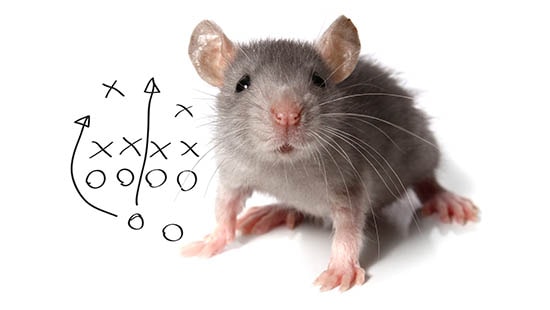
Rodent Defense: The Science Behind Rodent Control
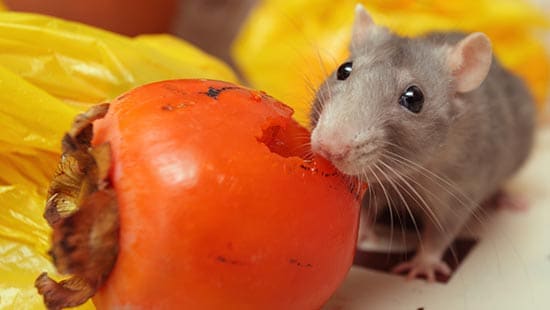
Food Safety 101: Inspecting Winter Deliveries for Rodents
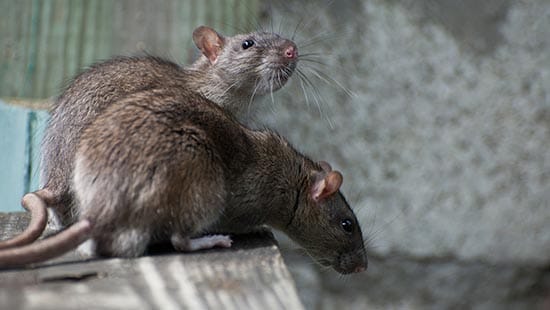
Common Types of Rodents to Look Out For
Rodents present a significant risk to food safety due to their ability to vector and spread diseases. Here are the common rodents you should look out for.

Employees, Your First Defense Against Rodents
Because rodents are prolific breeders and rarely seen during the day or when operation is in full swing, an infestation can develop quickly and your employees need to know how to act quickly.


